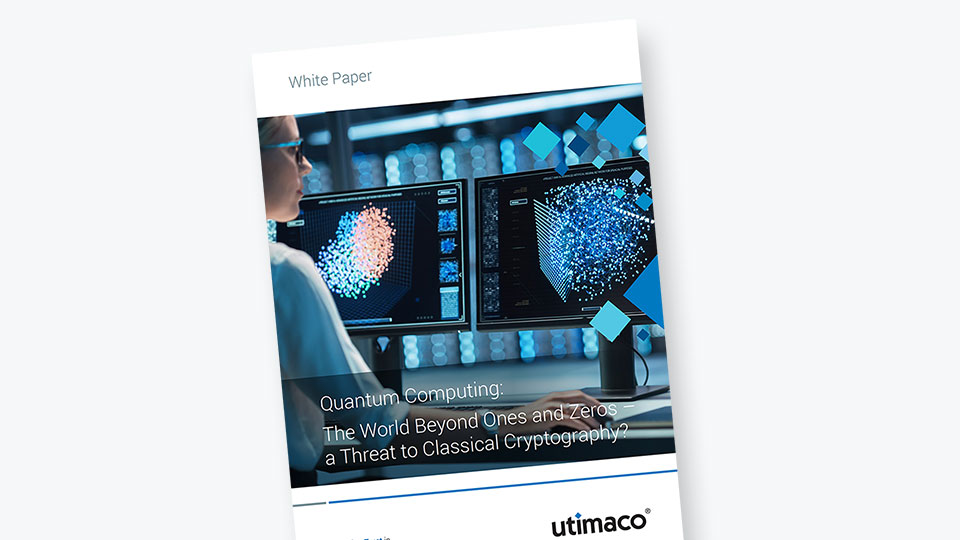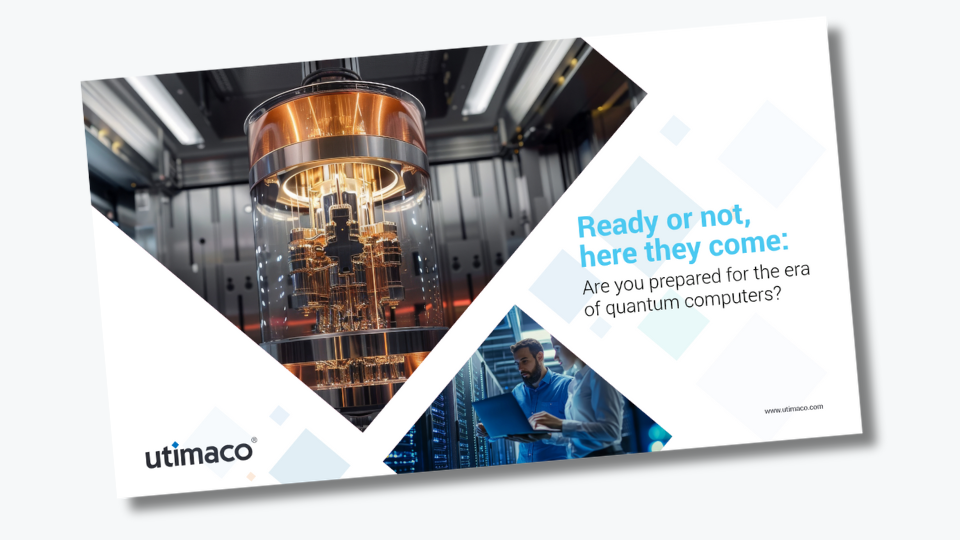Quantum computing has long been a tantalizing frontier in both science and technology. The concept of using quantum mechanics to revolutionize computation was first speculated upon in 1959, formalized in 1985, and brought to life with the first working quantum computer in 1998. Over the past four decades, we have witnessed significant advancements, overcoming numerous technical hurdles in the pursuit of a fully operational quantum computer. Today, we stand on the cusp of a new era, with quantum supremacy—a state where quantum computers surpass the capabilities of classical computers—within reach.
However, this journey is fraught with challenges, particularly concerning the security implications of such powerful machines. As quantum computers become capable of breaking asymmetric cryptographic algorithms that underpin our digital security, there is a need for new, quantum-resistant standards.
This blog post will explore the current state of quantum computing, the hurdles we must overcome, and the steps businesses and cybersecurity professionals should take today to prepare their cryptographic landscape for this transformative technology.
The Race for Quantum Supremacy
Traditional computers rely on bits that represent either the value 1 or 0 (binary system). Quantum computers on the other hand use so-called qubits, which can represent the value 1 or 0, as well as everything in between, and – most importantly – at the same time.
By working with qubits instead of bits, quantum computers are far more efficient than traditional computers because several calculations can be performed simultaneously. Leading to a significant computational efficiency breakthrough, quantum computers could deliver the answers to unsolved, complex problems and accelerate processes where normal computers reach their limits in various fields including banking, transportation, manufacturing, and energy.
Discover the threats and opportunities posed by quantum computing in various industries: Manufacturing IoT Banking Energy Government Automotive
The quest for quantum supremacy has primarily focused on increasing the number of qubits, the fundamental units of quantum information. Starting with just two qubits, we now have quantum computers boasting over 1,000 qubits.
Despite these advancements, significant challenges remain, especially regarding error correction and maintaining qubit stability.
The Challenge of Error Correction
One of the most pressing issues in quantum computing today is error correction. Current quantum computers experience a "bit flip error"—where a zero accidentally becomes a one or vice versa—once every hundred operations. This error rate renders them impractical for complex tasks such as breaking encryption. For quantum computers to be reliable, these errors need to be reduced to one in a trillion. However, as IBM notes, there is debate about whether physical error rates will ever fall below one in ten thousand.
Workarounds like running each operation multiple times and using the most common result could mitigate these errors, but this approach requires exponentially larger quantum computers. Another aspect of error correction involves reducing external factors that cause noise, such as temperature and atomic interactions. Quantum bits must be kept at near absolute zero to avoid errors caused by vibrations and external interference. Shielding quantum computers from such disruptions could take inspiration from the designs of hardened computers used in space.
The Future of Quantum Computing
Once the challenge of error correction is addressed, how might quantum computers develop? Initially, quantum computers will likely exist as massive mainframes used by government, military, and research institutions. Commercial applications might be accessible through the cloud, similar to how we access Google’s Tensor Processing Units (TPUs) today. This model will limit access to quantum computing power, making it difficult for non-state hacking groups to exploit it for malicious purposes.
During this initial phase, the primary threats from quantum computing will be state actors and companies working closely with them, such as defense contractors. Previous conflicts have shown that states may target utility companies or private enterprises, so the threat landscape will be broad.
Preparing for the Quantum Future
Even though the widespread commercial availability of quantum computers may be years or decades away, the potential risks to confidential data are immediate.
If a bad actor were to steal a large amount of encrypted data today, they might not be able to decrypt it with conventional computers—it would take approximately 19.8 quadrillion years to break RSA-2048 encryption. However, with a reliable quantum computer, decryption could become trivial. This threat is known as “Harvest Now, Decrypt Later”, which is especially applicable to data with a confidentiality span of more than 5 years.
Steps to Take Today
Businesses and cybersecurity professionals must start preparing for the quantum future now. Early preparation will ensure that systems are resilient and ready for the technological advancements that quantum computing will bring.
Here are some steps to consider:
1. Assess Your Data: Identify and categorize the types of data your organization stores. Determine which data is most sensitive or has a long confidentiality span and could be a target for quantum decryption in the future.
2. Adapt Your Cryptographic Landscape: Examine your crypto inventory, identify use cases at risk and initiate the transition to quantum-resistant encryption and digital signature algorithms. For a reliable transitioning phase, consider implementing a hybrid approach – incorporating both classical and PQC algorithms. This strategy will safeguard your assets until final standards for post-quantum cryptography, as defined by the National Institute of Standards and Technology (NIST), become available. To be prepared for further changes, crypto agility is the silver bullet.
3. Simulate PQC for your environment: prepare for future challenges by using PQC Simulator to evaluate the performance and usability of quantum-resistant algorithms within your infrastructure.
4. Monitor Technological Advancements: Stay informed about developments in quantum computing and post-quantum cryptography. Understanding the trajectory of these technologies will help you anticipate and mitigate potential risks.
5. Collaborate with Industry Peers: Engage with other organizations, industry groups, and cybersecurity experts to share knowledge and strategies for quantum preparedness. Collective efforts will be more effective in addressing this global challenge.
Conclusion
Quantum computing holds the promise of revolutionizing industries and solving problems once thought intractable. However, with this potential comes significant security challenges that we must address today. By understanding the current state of quantum computing, recognizing the hurdles ahead, and taking proactive steps to protect our data, we can prepare for the quantum future and ensure that this transformative technology benefits society.
As we navigate this exciting frontier, let’s embrace the opportunities and tackle the challenges head-on. The quantum future is coming—let’s get prepared.







